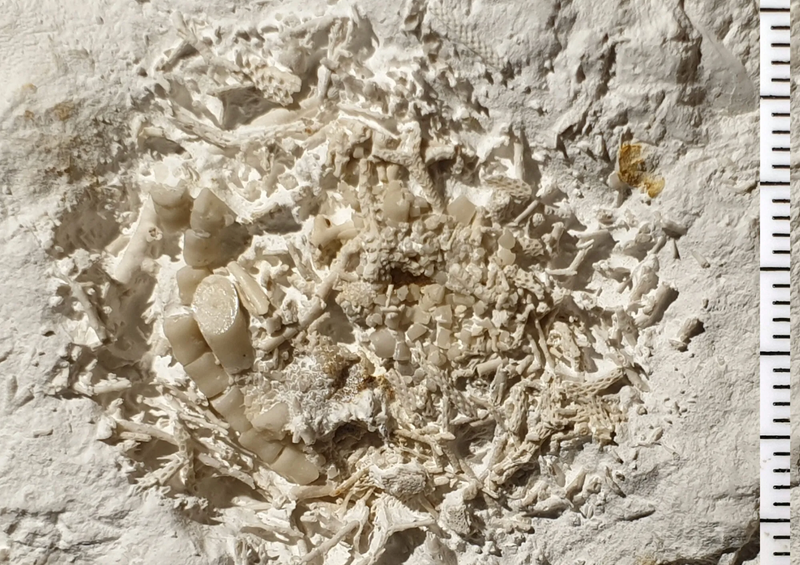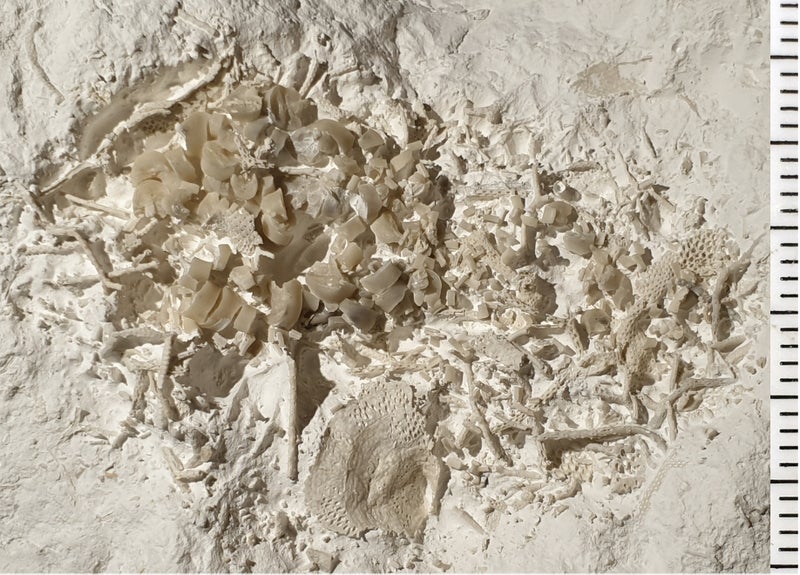‘World’s most famous piece of puke’ discovered as 66 MILLION-year-old dinosaur-era fish vomit found fossilised in rock
‘World’s most famous piece of puke’ discovered as 66 MILLION-year-old dinosaur-era fish vomit found fossilised in rock
Share:
A SCIENTIST made a bizarre discovery after breaking open a piece of chalk and finding 66 million-year-old fish vomit. The find dating back to the age of the dinosaurs was made by fossil hunter Peter Bennicke in Denmark. Bennicke found the unusual fossil on the Stevns Klint coastal cliff, on the Danish island of Zealand, and then took it to a nearby museum for further investigation.
![[Photo of fossilized sea lily fragments in Cretaceous-period vomit.]](https://www.thesun.co.uk/wp-content/uploads/2025/01/2025-ostsj-llands-museum-faxen-967140883.jpg?strip=all&w=960)
At the Museum of East Zealand, expert John Jagt found that hidden inside the piece of chalk was fossilised vomit containing two types of sea lilies that were eaten during the Cretaceous period. The remaining pieces of the marine invertebrate that could not be digested by the animal give researchers an insight into the food chains and ancient ecosystems that existed tens of millions of years ago.
![[Underwater sea lily on a coral reef.]](https://www.thesun.co.uk/wp-content/uploads/2025/01/view-sea-lily-underwater-blue-967368660.jpg?strip=all&w=960)
Researchers are unable to name the exact animal that ate the sea lillies but museum creator at Geomuseum Faxe Jesper Milan told Sky News it was likely a fish, possibly a bottom-feeding shark. Milan, who is a member of the Danish Wildlife Committee, said: "It is a truly unusual find.
"Sea lilies are not a particularly nutritious food source, as they mainly consist of calcareous plates held together by very few soft parts. "But here is an animal, probably a type of fish, that 66 million years ago ate sea lilies that lived on the bottom of the Cretaceous sea and regurgitated the skeletal parts back up.".





















